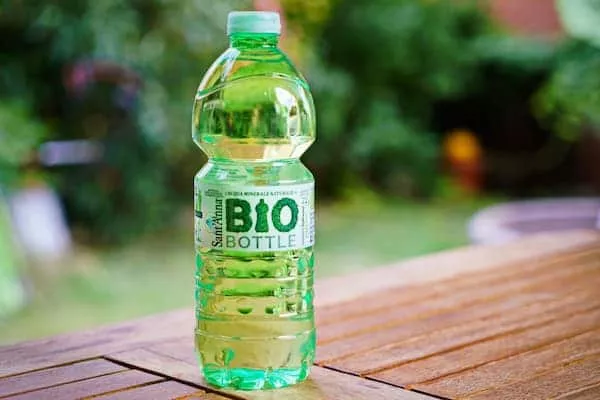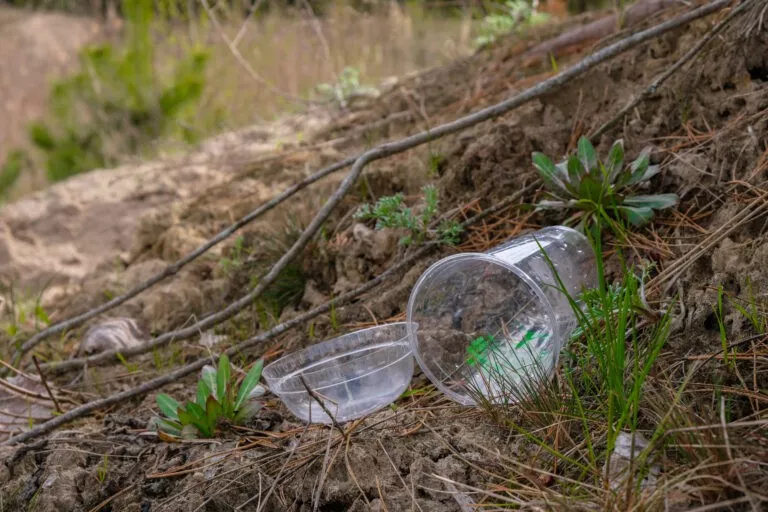The Bioplastics Truth: What and How Sustainable Are They?
In recent years, the use of bioplastics in packaging has gained popularity as companies seek more sustainable alternatives to traditional plastics. Bioplastics are derived from renewable sources such as plants, vegetable fats, and oils, making them an attractive option for businesses looking to reduce their environmental impact.
However, questions remain about the sustainability of bioplastics and their ability to replace traditional plastics. It is critical to examine the benefits and limitations of using bioplastics in packaging, their true environmental impact, and their potential to contribute to a circular economy.
This article will provide a better understanding of what bioplastics are, their packaging applications, and their potential role in creating more sustainable packaging solutions
What are Bioplastics?
Bioplastics are a type of plastic derived from renewable sources such as plants, vegetable fats, and oils, as opposed to traditional plastics made from fossil fuels. Bioplastics are commonly used in various products, including product packaging, textiles, and medical equipment.
- Bio-based bioplastics are made from renewable resources such as corn starch, sugarcane, and potato starch. These materials are transformed into bioplastics through a chemical process that involves fermentation, distillation, and polymerization.
- Biodegradable bioplastics are designed to break down into natural substances when exposed to the environment. This type of bioplastic can be made from various materials, including plant-based polymers, traditional petroleum-based plastics with added biodegradable additives, or a combination of both.
Despite the benefits of using bioplastics, there are potential drawbacks. For instance, the production of bioplastics can require significant amounts of energy and resources, and the end-of-life management of bioplastics can also be challenging. Additionally, bioplastics can sometimes be more expensive than traditional plastics, making them less accessible to small businesses and those on a budget.
Overall, bioplastics offer a potential alternative to traditional plastics. However, evaluating their sustainability and ability to contribute to a circular economy is essential.
Applications of Bioplastics in Packaging
Bioplastics can be used in various food packaging applications, including bags, trays, and containers. Biodegradable plastic bags are a common application, as they can help reduce the amount of plastic waste in the environment. Plant-based plastic bottles are also becoming increasingly popular in the beverage industry, offering a more sustainable alternative to traditional plastic bottles.

In addition to their use in food and beverage packaging, bioplastics are also used in other types of packaging, such as cosmetic containers and shipping materials. Biodegradable packaging peanuts, for example, can protect fragile items during shipping.
Despite the benefits of using bioplastics in packaging, there are also some challenges. One of the main challenges is the end-of-life management of bioplastics. While biodegradable bioplastics are designed to break down into natural substances when exposed to the environment, they require specific conditions to biodegrade properly. Bioplastics can still contribute to plastic pollution if they are not disposed of correctly.
Are Bioplastics Sustainable?
Bioplastics have the potential to be more sustainable than traditional plastics as they are made from renewable resources. However, the sustainability of bioplastics depends on several factors. This includes the type of bioplastic, the source of the raw materials, and the end-of-life management of the material.

- The sustainability of bioplastics can vary depending on the source of the raw materials and the energy required to produce them. For instance, some “bioplastic” materials are not biodegradable and are chemically identical to their fossil counterparts. PET or polyethylene terephthalate can be synthesized from fossil fuel products or plants like sugarcane. These non-biodegradable bioplastics act like conventional plastic and last for an indefinite amount of time.
- Biodegradable bioplastics can reduce plastic pollution in the environment, but they require specific conditions to biodegrade properly. If not disposed of correctly, they can still contribute to plastic pollution.
- The end-of-life management of bioplastics is an important factor in their sustainability. Bioplastics can be composted, recycled, or sent to a landfill. However, not all bioplastics are compostable or recyclable, and not all communities have access to composting or recycling facilities.
- The design of bioplastics must be carefully considered to ensure their sustainability throughout their entire lifecycle. Bioplastics can be treated in recovery streams, while biodegradable and compostable plastics can be organically recycled through anaerobic digestion or industrial composting. Meanwhile, bio-based PE (polyethylene) or PET can be mechanically recycled in established recycling streams.
- The cost of bioplastics is also a factor in their sustainability. Even if the cost of bioplastics decreases, they can still be more expensive than traditional plastics, making them less accessible to small businesses and those on a budget.
The Importance of Carefully Considering Bioplastic Use
Bioplastics offer a potential solution to reducing plastic waste in the environment, particularly in the packaging industry. However, it is important to recognize that bioplastics are not a one-size-fits-all solution to reducing plastic waste.
Their use should be considered based on their entire lifecycle and application, and how they can contribute to a circular economy overall. By evaluating the sustainability of bioplastics and making informed choices about their use, businesses can work towards a more sustainable future for the planet.
If your brand is considering switching to more sustainable packaging solutions, reach out to experts from Meyers for innovative and eco-friendly packaging options such as folding cartons and pressure sensitive labels.

